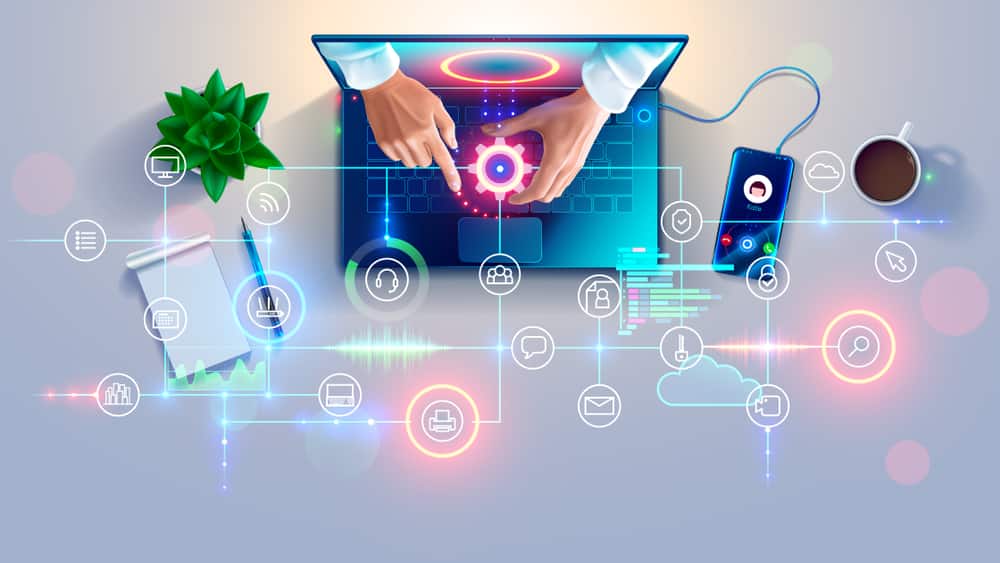Components of an IT Solutions
Have you ever wondered which are the components of an Information technology (IT) solutions? In today article we would try to explain it.

IT typically involve a combination of hardware, software, and services that work together to solve a specific business problem or improve a particular process. The following are some of the key components of an IT solution:
Hardware: This includes physical equipment such as computers, servers, networking devices, and storage devices.
Software: This includes programs, applications, and operating systems that are installed on the hardware and used to perform specific tasks.
Services: This includes consulting, implementation, training, and support services that are provided by IT vendors or service providers.
And if your company decide to implement an IT Solutions the following are some of the general steps that companies can take to implement an IT solution:
- Define the problem or opportunity: Identify the business problem or opportunity that the IT solution should address. This may involve conducting a needs analysis, gathering feedback from stakeholders, and assessing current systems and processes.
- Research potential solutions: Research potential IT solutions that could address the identified problem or opportunity. This may involve conducting a market analysis, evaluating vendors and products, and reviewing case studies and user reviews.
- Develop a requirements list: Develop a list of requirements that the IT solution should meet. This may include technical requirements, functional requirements, and user requirements.
- Select a vendor: Select a vendor that can provide the IT solution that best meets the requirements. This may involve requesting proposals, conducting demonstrations, and negotiating contracts.
- Plan and design the implementation: Plan and design the implementation of the IT solution. This may involve creating a project plan, developing a system design, and defining data migration and integration requirements.
- Implement the solution: Implement the IT solution according to the plan and design. This may involve installing hardware and software, configuring systems, and testing functionality.
- Train users: Provide training to users to ensure they are familiar with the new IT solution and can use it effectively.
- Monitor and evaluate: Monitor the IT solution to ensure it is meeting the requirements and addressing the identified problem or opportunity. Evaluate the solution periodically to identify areas for improvement and potential upgrades.
If you have any questions about our IT solutions or how to implement a IT strategy please let us know!